Wildlife conservation is a critical aspect of preserving biodiversity and maintaining ecological balance on our planet. However, the extent and nature of human interference in wildlife conservation efforts often spark debate over whether such actions ultimately benefit or harm the ecosystems and species they’re meant to protect. This article delves into the complexities of human involvement in wildlife conservation, examining the positive impacts and potential pitfalls while striving to present a balanced view of this pivotal issue.
The Positive Impact of Human Intervention

Human intervention in wildlife conservation can yield substantial benefits, ranging from species revival to habitat restoration. Here are some of the key ways in which human actions have positively impacted wildlife conservation:
Species Revival and Protection

One of the most prominent successes of human intervention is the recovery of endangered species. Conservation programs, including captive breeding and release initiatives, have helped numerous species bounce back from the brink of extinction. The California condor, the Przewalski’s horse, and the black-footed ferret are just a few examples of species that have benefited from such targeted efforts.
Habitat Restoration

Humans play a vital role in restoring degraded habitats, thereby helping to recover and maintain ecosystems. Initiatives such as reforestation, wetland restoration, and coral reef rehabilitation are critical programs that support wildlife by recreating or enhancing their natural environments, thereby promoting biodiversity and ecological resilience.
The Downsides of Human Interference

Despite the potential benefits, human interference in wildlife conservation is not without its challenges and risks. Here are some of the negative aspects associated with such interventions:
Unintended Consequences
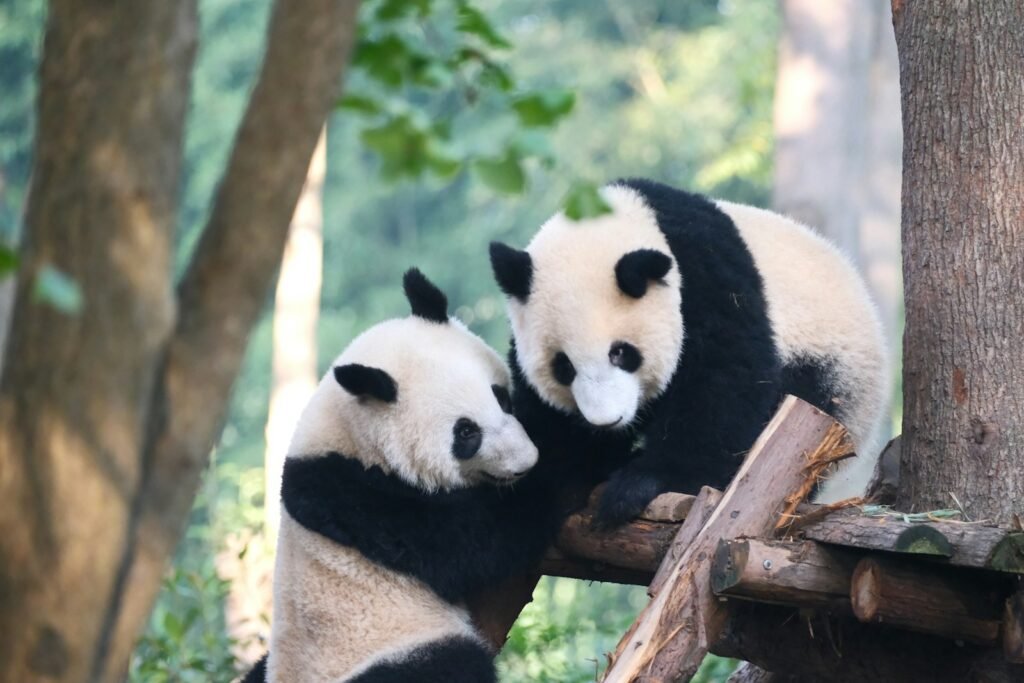
Even the most well-intentioned conservation efforts can lead to unintended consequences. For instance, introducing non-native species to control pests can disrupt local ecosystems, leading to new invasive species problems. Moreover, certain captive breeding programs run the risk of reducing genetic diversity if they are not adequately managed, which can result in long-term species vulnerability.
Dependency and Disruption
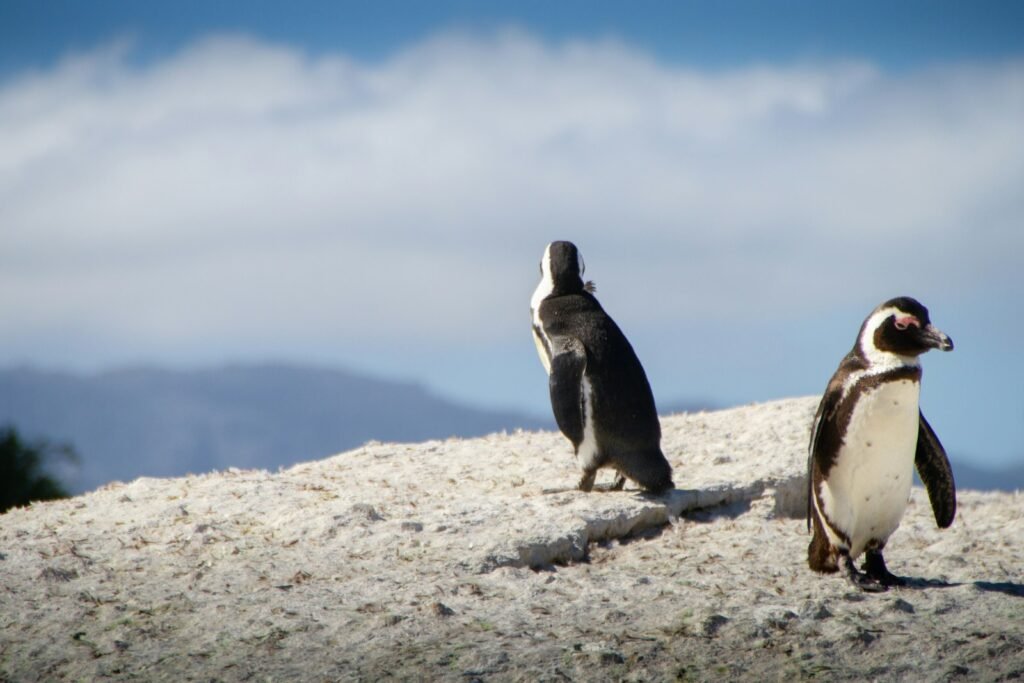
Excessive human interference can lead to wildlife becoming overly dependent on human support, disrupting natural behaviors and ecological roles. This dependency can hinder the long-term survival of species once human support is withdrawn. Additionally, conservation projects that displace indigenous communities can create socio-economic challenges and reduce local engagement in conservation efforts.
The Role of Technology and Innovation
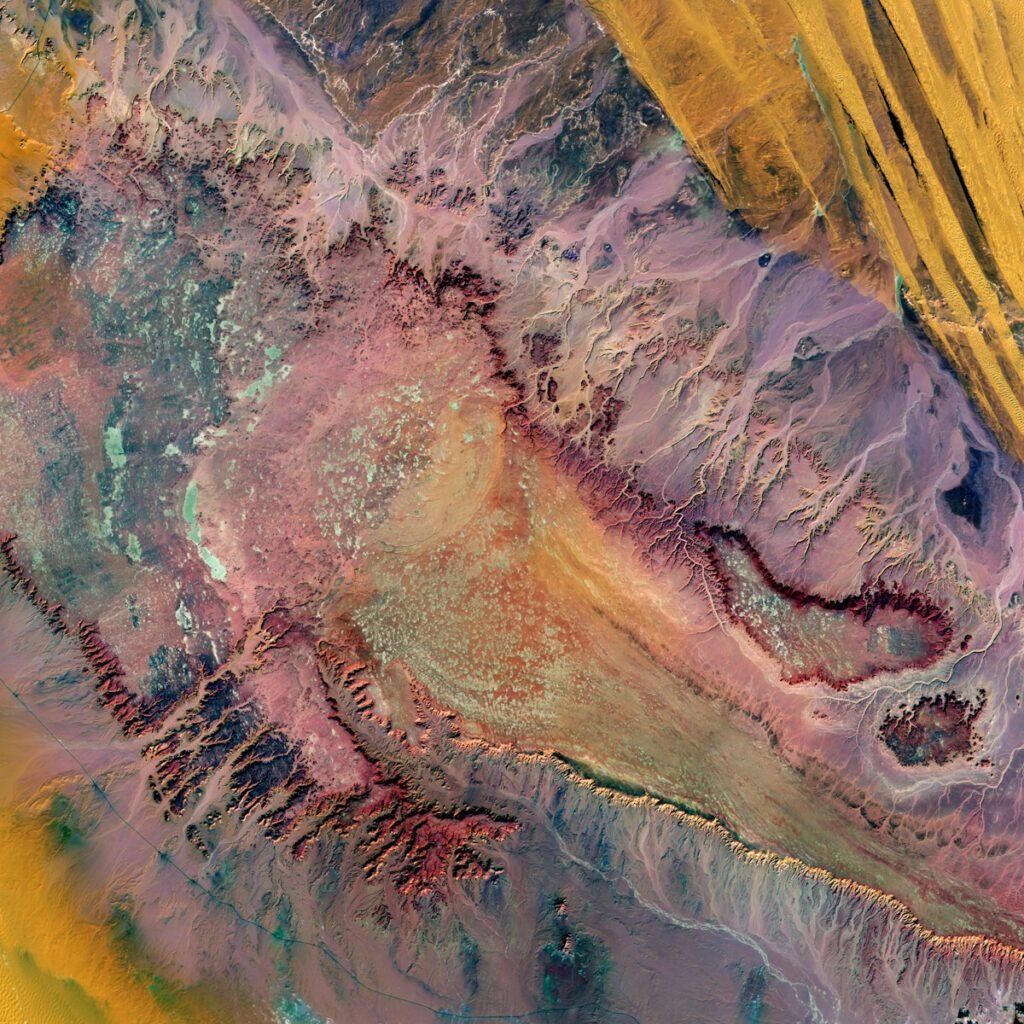
Technology and innovation have introduced new solutions and tools in wildlife conservation, enhancing our ability to monitor and protect species more effectively. Advances in satellite imagery, drones, and big data analytics provide unprecedented opportunities for tracking animal populations, assessing habitats, and responding quickly to threats such as poaching or habitat destruction.
The Importance of Community Involvement
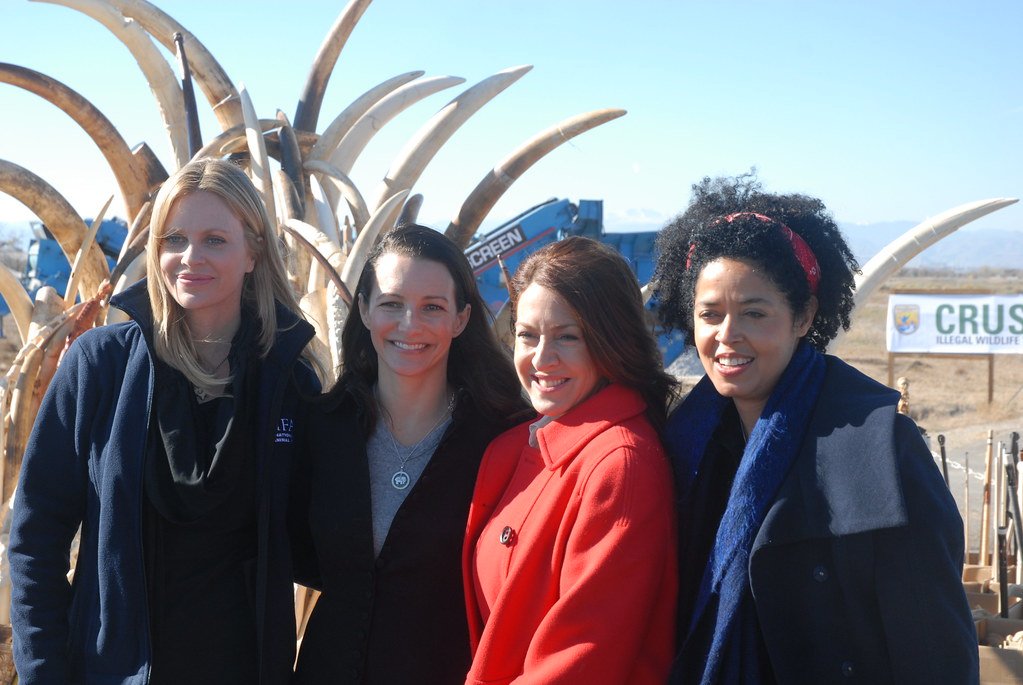
Successful wildlife conservation efforts often rely on the active involvement of local communities. Engaging and empowering communities in conservation initiatives ensure that efforts are culturally relevant and sustainable. Indigenous knowledge and practices can provide valuable insights into sustainable resource management, contributing to the preservation of biodiversity.
Conclusion
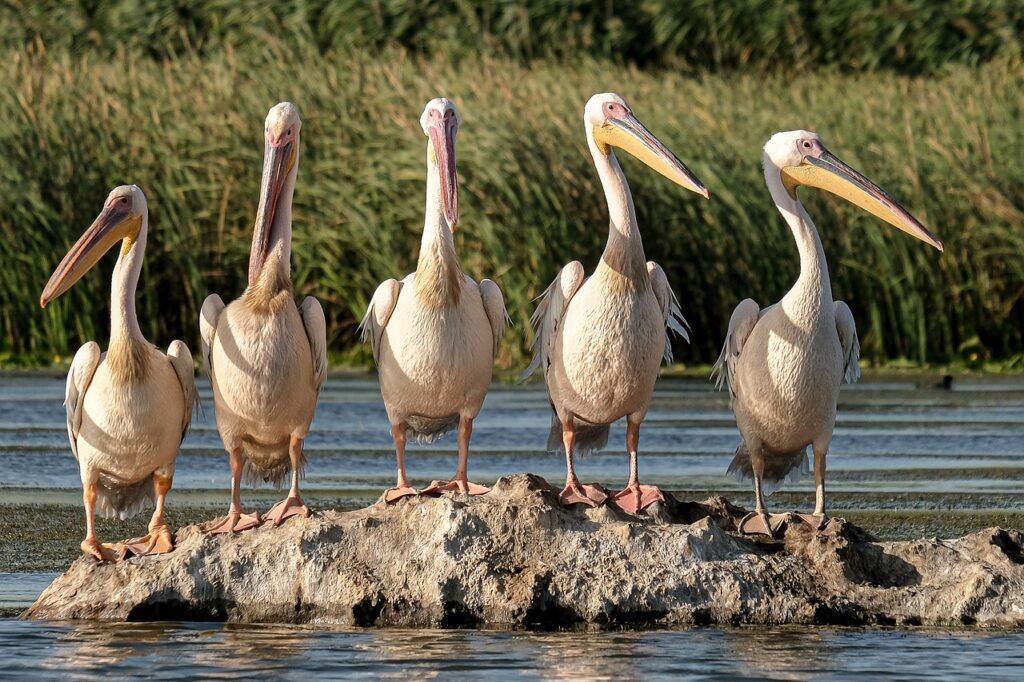
Human interference in wildlife conservation is a complex and multifaceted issue that can have both positive and negative outcomes. To maximize the benefits, it is crucial to adopt a balanced, well-informed approach that considers the ecological, social, and economic dimensions of conservation efforts. By combining technological innovations with community engagement and sound ecological practices, humans have the potential to play a supportive role in safeguarding wildlife for future generations.



